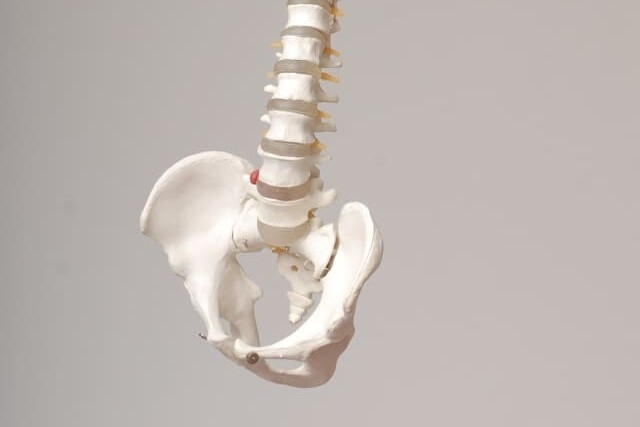This is a previously recorded online course.
Did you know that prolapse occurrence is estimated in 35% of post-partum women and up to 40% of women who have undergone hysterectomies? Risk factors involve laparoscopic-assisted vaginal hysterectomy, vaginal deliveries, and stress urinary incontinence operations. This lecture explains the types and stages of prolapse, while offering a bio-tensegrity, fascial integrity framework for improvement. Prolapse is often seen as a weakness, yet focus on breath, position and fascial connection make all the difference for engagement. Learn how to work safely and confidently while also encouraging progression in the Pilates paradigm.
This is an intermediate to advanced course.
Objectives
Upon completion of this course participants will be able to:
- Better define pelvic organ prolapse and what issues are associated with it
- Better understand the causes and differing types of pelvic organ prolapse
- Better understand the fascial areas involved with the differing types of prolapse
- Better understand and how to implement a fascial bio-tensegrity approach to prolapse care with Pilates
- Better understand the differing stages of prolapse and how Pilates can help
- Better understand how to help clients address some of the accompanying conditions associated with prolapse
- Better understand how to safely deliver Pilates education with this population
- Better understand what Pilates exercise positions and movements may contribute to the differing types of prolapse
- Better understand the psychological benefits of a successful Pilates movement experience
- Better understand how to support clients in their medical endeavors associated with prolapse
Lesson Plans
Module 1. Lecture
- Definition, Prevalence
- Causes: birth injuries, C-section, hysterectomy, COPD, obesity, sitting, constipation
- Accompanying Issues: difficulty urination, constipation, incontinence, sexual dysfunction, discomfort/distress, stress
- 3 cases
- Anatomy of intra-pelvic fascia
- How Pilates can help physically, emotionally
- Dovetailing with medical intervention
LAB1: Hour 1-2
- Pre-natal exercises to help avoid prolapse due to childbirth pelvic injuries Breathing Positions Pilates equipment modifications
- General Intake/ Assessment
- Abdominal and Pelvic Scars
- Posture, Breathing, Gait
- Exercises for Diastasis Recti, abdominal disruptions, C-section, and hysterectomy
- Fascial Restoration
- Weaving Breathing
- Hypo-pressive Breathing
LAB: Hour 5-6
- Pelvic Floor muscle engagement with Pilates
- Pelvic Core Pilates Mat
- Arc, Lower Body Toner, Pelvic Floor exercise
- Reformer and Trapeze Table Applications: Do’s and Don’ts


